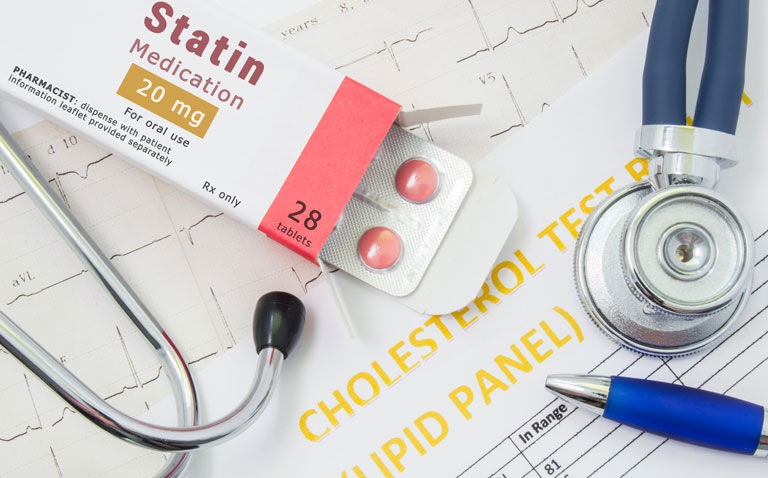A review of 19 studies suggests statins are responsible for only a small excess of muscle pain symptoms in patients prescribed these drugs
Statins cause only a small excess of the muscle pain symptoms experienced by patients according to the findings of a meta-analysis of 19 randomised controlled trials by researchers from the Cholesterol Treatment Trialists’ Collaboration, University of Oxford, UK.
In terms of adverse effects, statins are known to cause myopathy, which is defined as muscle pain or weakness combined with large increases in blood concentrations of creatine kinase, though this is rare.
However, less serious musculoskeletal pain has been observed with statins and in a population-based study of 5,170 participants without arthritis, after controlling for confounders, statin use was associated with a significantly higher prevalence of musculoskeletal pain in any region, the lower back, and the lower extremities.
In an effort to provide a better understanding of the extent, severity and timing of adverse effects due to statins, the Oxford group examined individual level patient data from long-term, randomised, double-blind trials, to evaluate the effects of statin therapy on muscle events.
The researchers looked at all adverse events including the timing of such events, the reasons for stopping statins, use of other medication and co-morbidities.
Statins and muscle events
A total of 19 placebo-controlled trials that included a total of 123,940 participants with a mean age of 63 years (28% women) were analysed.
Among the whole cohort, 27.1% of patients assigned to statins and 26.6% taking placebo, reported at least one episode of muscle pain or weakness during a median of 4.3 years. This represented a 3% relative increase (relative risk, RR = 1.03, 95% CI 1.01 – 1.06).
In addition, the increased risk was similar for the different muscular symptoms, e.g., cramp or spasm (RR = 1.09), muscle fatigue or weakness (RR = 1.10) and myalgia (RR = 1.03).
When considering more intensive statin regimes (e.g., 40 – 80 mg atorvastatin) vs less intensive/moderate intensity regimes (e.g., atorvastatin 10 – 20 mg), the risk was slightly higher (RR = 1.08 vs 1.03) compared to placebo.
During the first year of therapy, statins produced a 7% relative increase in muscle pain or weakness although there was no significant increase thereafter. The authors calculated that only 1 in 15 of the muscle-related effects reported by participants were due to the drug, adding that > 90% of all reports of muscle symptoms in patients allocated to statins were no due to the drug.
They concluded that while statins were responsible for a small proportional increase in reports of muscle pain, for patients prescribed the drugs and who report mild muscle symptoms, it is most likely that these symptoms were not due to the drug.
Citation
Cholesterol Treatment Trialists’ Collaboration. Effect of statin therapy on muscle symptoms: an individual participant data meta-analysis of large-scale, randomised, double-blind trials Lancet 2022










